Happy National Moth Week! The celebration of the night flying cousins of butterflies, often cast as ugly step sisters in the world of lepidoptery, began only three years ago and takes place this week, July 15 – 27.
Wish I had planned better and organized an event. Anybody?
Maybe next year. Dang work always gets in the way of the fun stuff. Anyone interested in helping me organize a Moth Night in San Antonio, whereby we would set up a black light with a sheet and await/celebrate the arrival of moths, please leave a comment below. Perhaps we can make something happen.
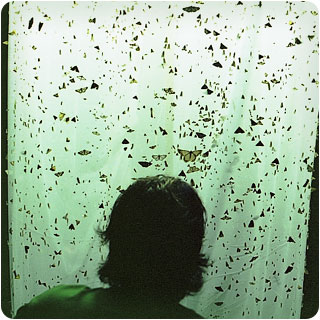
Anybody want to do this? I’m in. We just need a mercury vapor light. Photo via www.exploratorium.edu
Meanwhile, you can still keep watch for some of the most common and amazing moths to be found in our area. I had no idea how fascinating moths can be until I was seduced by butterflies. Turns out moths outnumber butterfly species 15 to one. Really. That’s what happens….you start paying attention, and next thing you know, you’re raising caterpillars in the kitchen.
Here’s four moths that we have in Central and South Texas right now. Open your eyes, look, and you will see them.
The Sphinx Moth
Known in its larval form as the much loathed Tomato or Tobacco Horn Worm, this attractive dusk flier also is often called the “hummingbird moth.” Gardeners despise the Manduca sexta’s consumption of their tomato plants, but I suggest setting aside a few seedlings for these voracious caterpillars, who strike a sphinx-like pose when poked, arching their neck and staring blankly at who’s bothering them.
As moths, these impressive striped flyers move during daylight hours, hovering like helicopters to nectar and provide great observation opportunities. They are members of the Sphinginae family.
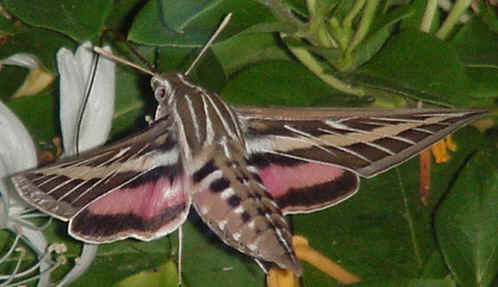
C’mon, admit it: she’s adorable. Sphinx Moth, photo courtesy Colorado State University extension office
Black Witch Moth
Large, bat like and harmless, the intriguing Ascalapha odorata, sometimes known as “the bat moth” resembles a bat in size and shape, and with its seven-inch wingspan is the largest moth in North America. They are common in these parts.
They often hang out near doors and flush when approached, causing quite a startle for the unsuspecting. But remember, they’re completely harmless. Much folklore surrounds their appearance. Throughout the hemisphere, legend has them bringing good luck, a lottery win, or a death in the family, depending on the part of the world and the circumstances of their appearance.
In the movie Silence of the Lambs, serial killer Hannibal Lechter inserted cocoons of Black Witch Moths into the mouths of his victims as a weird gesture of transformation. The moth on the movie poster is a Death’s Head Hawk Moth, but the actual cocoon was that of a Black Witch.
Polyphemus Moth
The Polyphemus Moth, Antheraea polyphemus, sports prominent, owl-like eye spots and a six-inch wingspan. The moth is dramatic. We had a hatch of these guys at the ranch one night and several fluttered against the porch spotlights. The sound of their wings hitting the the floodlight was so loud, you would have thought birds or bats had paid a visit.
The Polyphemus gets its name from the Greek myth of the Cyclops Polyphemus (cyclops means one-eyed giant). They’re not unusual and live everywhere in the U.S. and Canada. That they host on a variety of trees–oaks, birches, elms, willows and others–perhaps explains their widespread provenance.
Like many moths, these members of the Saturnid, or silk moth family, spend most of their life as caterpillars, eating up to 86,000 times their body weight at emergence in just two months. Once they become a moth, however, their vestigial mouth parts make eating impossible. Basically, their mouths don’t work any more. Their sole focus as a moth is to reproduce.
Polyphemus change dramatically during the caterpillar cycle and in their final instar become a fantastic three- or four-inch green caterpillar with silver and/or red spots on the side. See the photo above by our friend Mona Milller.
Ailanthus Webworm Moth
The first time I spotted one of these handsome creatures at the ranch I thought it was beetle. They tuck their wings in a tidy fashion, leading you to believe they are of a different genre, but no–they are moths.
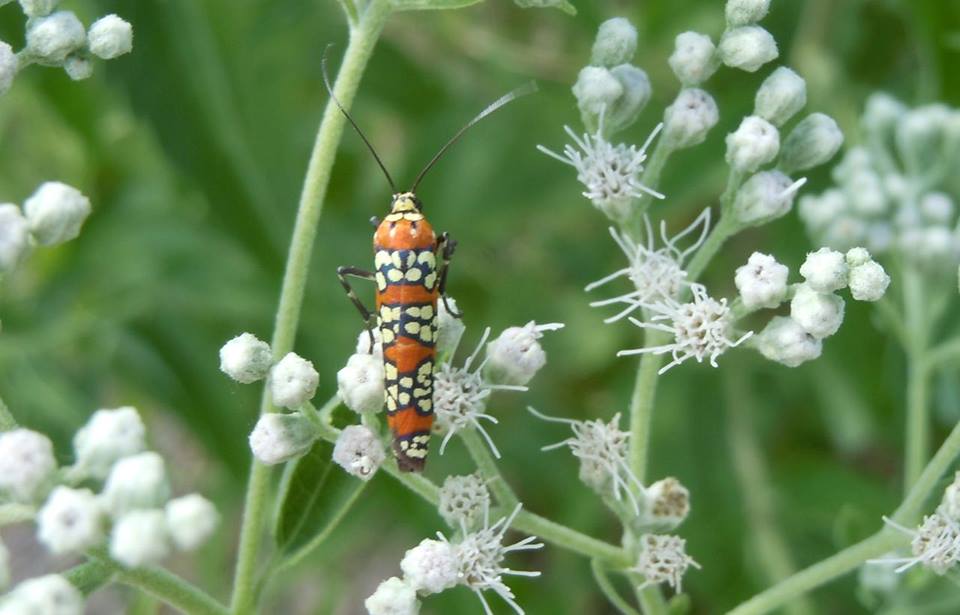
This guy fooled me. Thought he was a beetle, but no, it’s the Ailianthus Webworm Moth. Photo by Monika Maeckle
Members of the ermine moth family, the small, striped Atteva aua caterpillars build communal nests in the Ailanthus tree by pulling leaves together with webbing and spinning cocoons inside the webs. They are native to Central America, but migrate north in the summer and host on the Ailanthus tree, sometimes called the Tree of Paradise. Both the AWM and the Ailanthus tree are introduced species that have adapted. Non native, but gorgeous creatures.
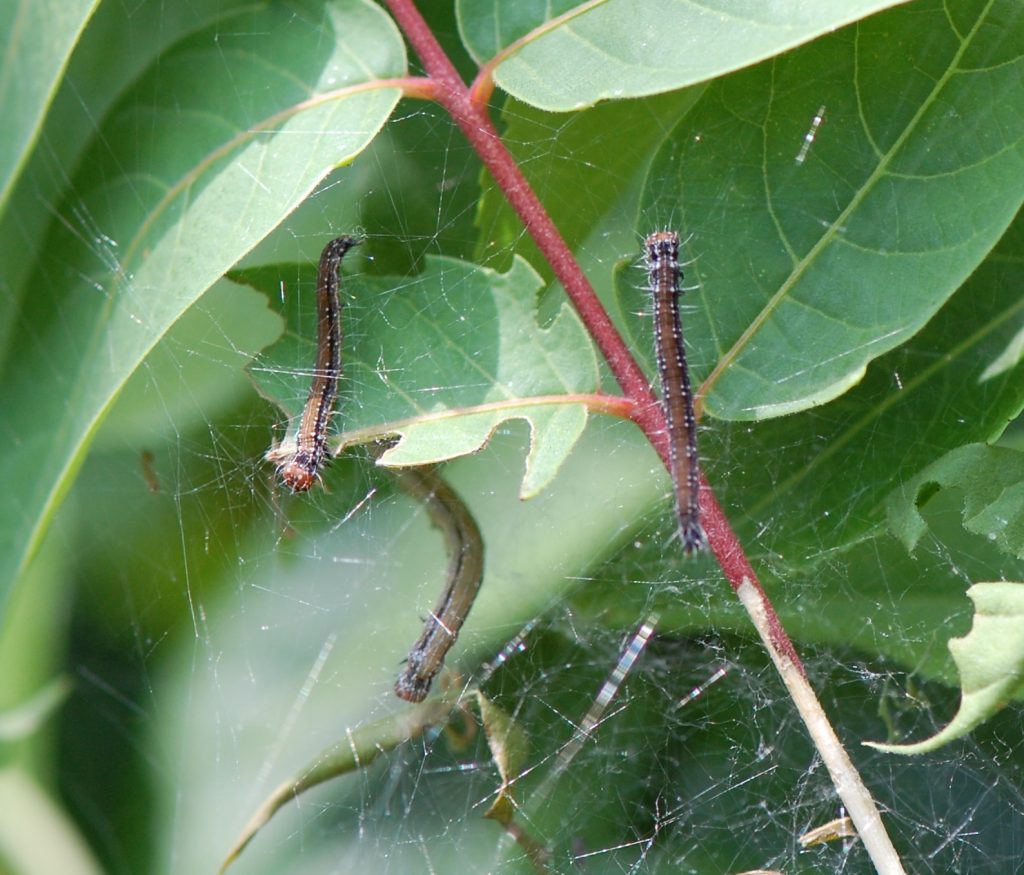
Ailanthus Webworm Moth caterpillars are an introduced species, just like the tree they host on. Photo via www.urbanwildlife.net
Related posts:
- Jimsonweed Hosts the Magnificent Sphinx Moth
- “Squish remorse” — Genista Larvae on Mountain Laurels Create Caterpillar Quandary
- Large, Bat-like and Harmless, the Black Witch Moth Making Appearances in South Texas
- Tomato Hornworm: Loathed by Gardeners, but Morphs into the Magnificent Sphinx Moth
- Yo soy mariposista! Butterfly Advocates Unite as Butterflyers, Lepsters and MOTH-ers
- A Year in the Life of a Mostly Native Urban Butterfly Garden
Like what you’re reading? Don’t miss a single post from the Texas Butterfly Ranch. Sign up for email delivery, like us on Facebook, or follow us on Twitter, @monikam.


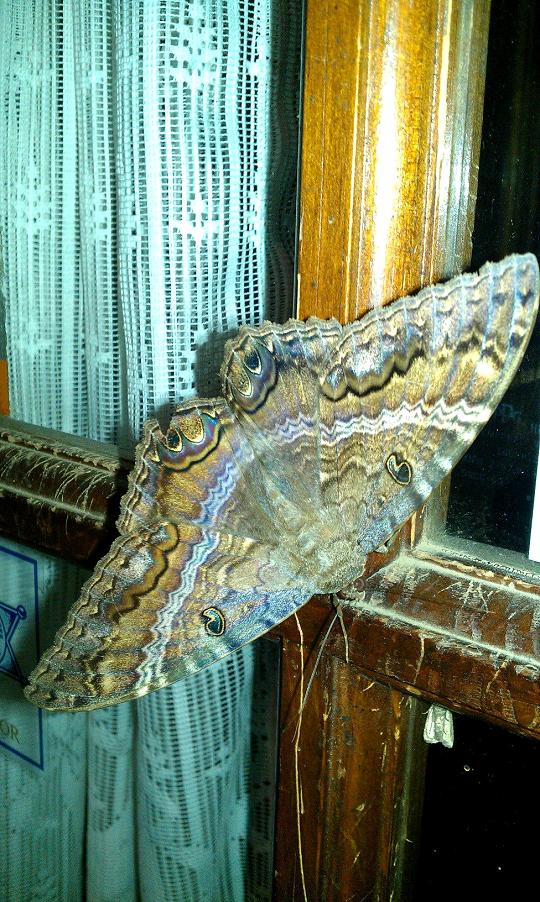
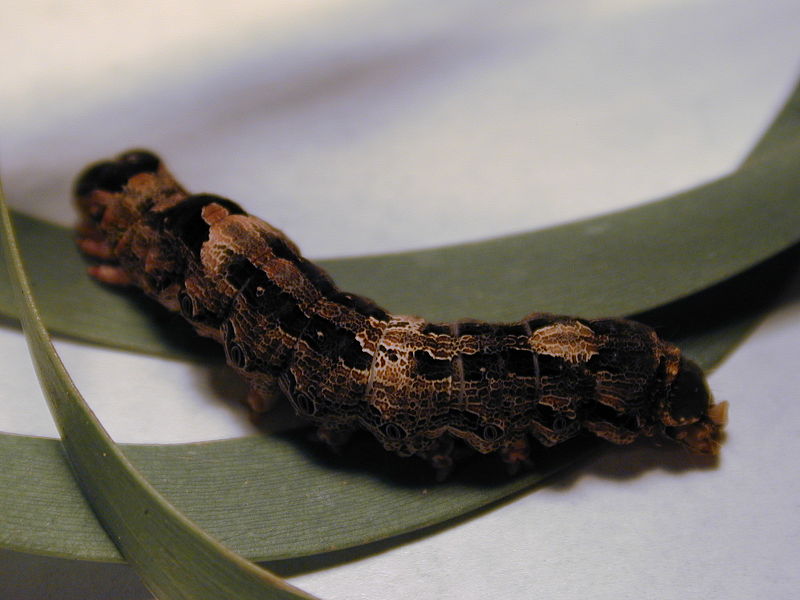
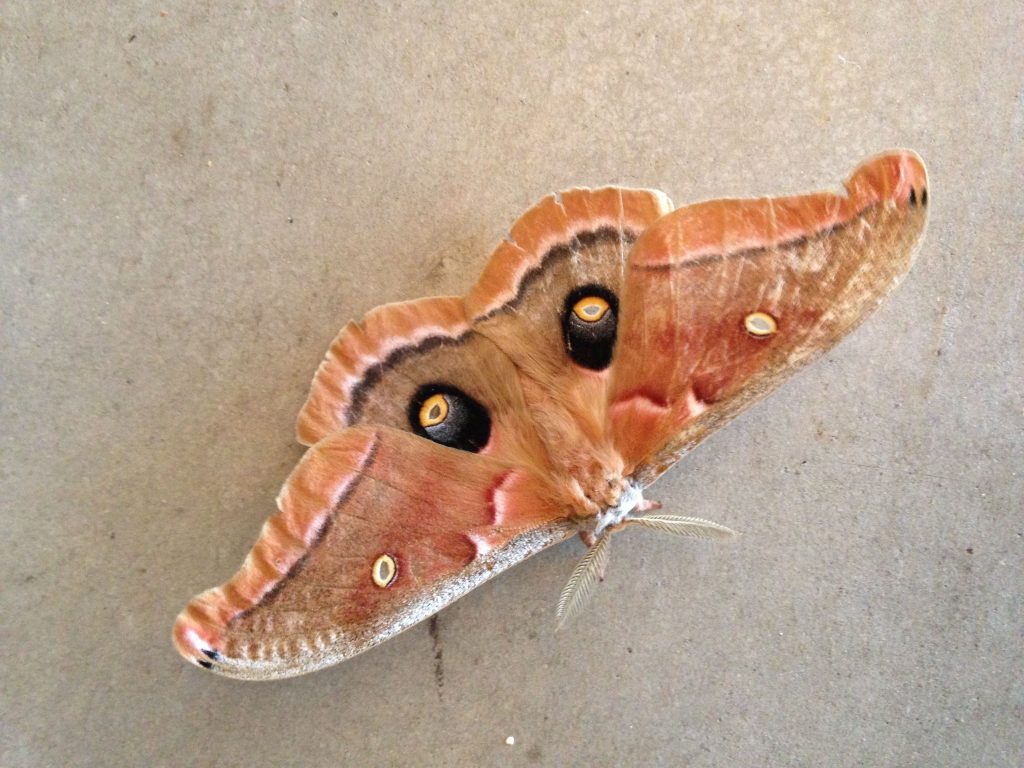
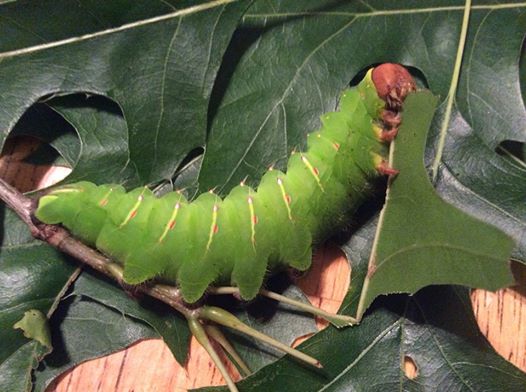
Great article supporting moths. They are really run to raise.
Thanks, Mona. I haven’t had success in my few attempts. Thanks again for letting me use the photo.
I love the idea of a Moth Night and would enjoy working on one with you for next year.
Your info is very educational with excellent photos and small amount of copy. Plus a link for more info. Thank you
Your Genista Moth link only leads to the Black Witch moth info………….
Oops. Here you go: https://texasbutterflyranch.com/2013/05/15/squish-remorse-genista-larvae-on-mountain-laurels-create-caterpillar-quandary/
Monika,
We did a moth night last year at the Cibolo Nature Center in Boerne. I would be glad to discuss it with you, perhaps by phone.